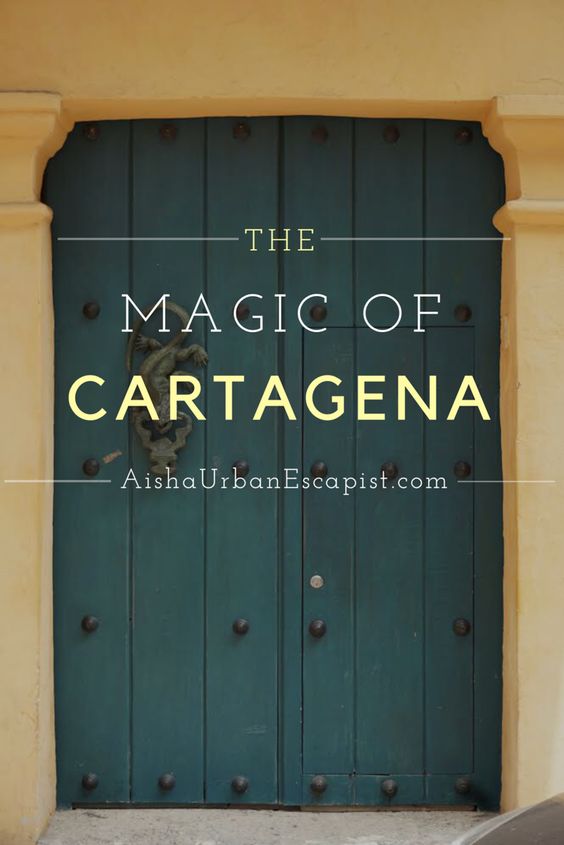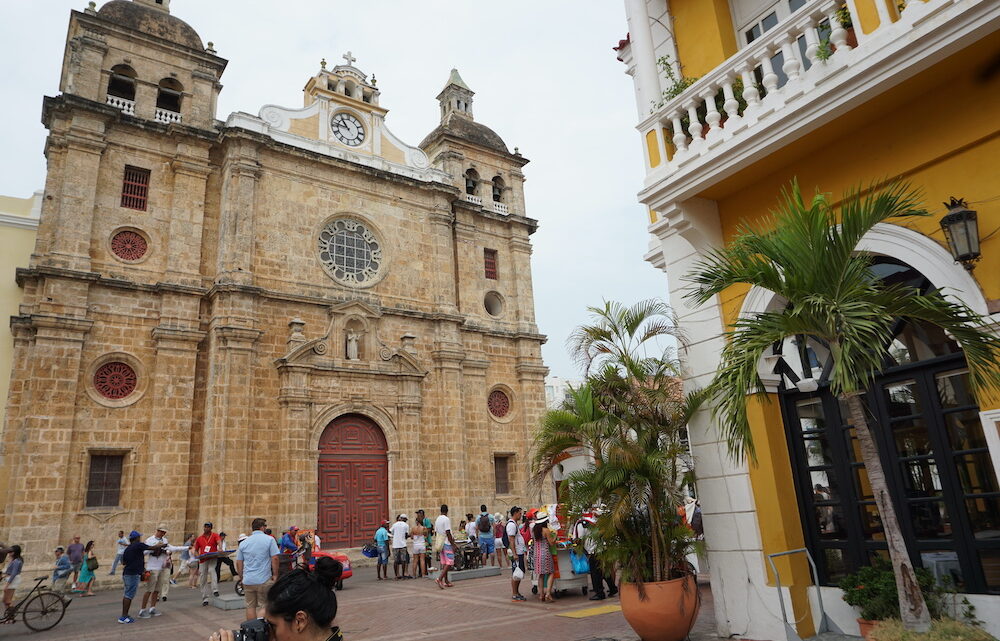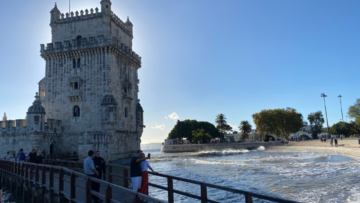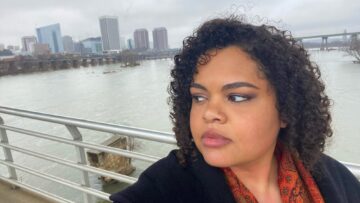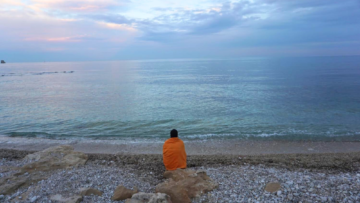Cartagena was my last stop on a city-hopping solo trip through Colombia. The laid back Caribbean coast city was the perfect place to end the trip, even though I wished it didn’t have to end at all. I kept most of my days unstructured, knowing the tropical climate would slow me down and force me to relax.
Cartagena inspired Gabriel García Marquez’ writing and style of magical realism. As soon as I set foot in the city I understood why. Magical is not an overly dramatic way to describe it. The architecture, yellow-lit streets at night, the heat, the breeze off the ocean, seafood, freshly squeezed fruit juice, and street vendors selling papaya and mangoes, all contribute to the magic of Cartagena. Not even the packs of tourists could ruin the mood.
Here’s a breakdown of what you should make sure to do in Cartagena, Colombia.
Stroll through the Historic Center
On my first day, I signed up for a walking tour (free, but tips accepted) of the walled-in historic center, or Centro Histórico. They have tours in English, but I opted for Spanish to immerse myself in the language. A walking tour is a nice way to begin a vacation. It helps you orient yourself and learn additional history behind the architecture and specific places. A moving part of the tour was the Plaza de los Coches, where a slave market was held for centuries.
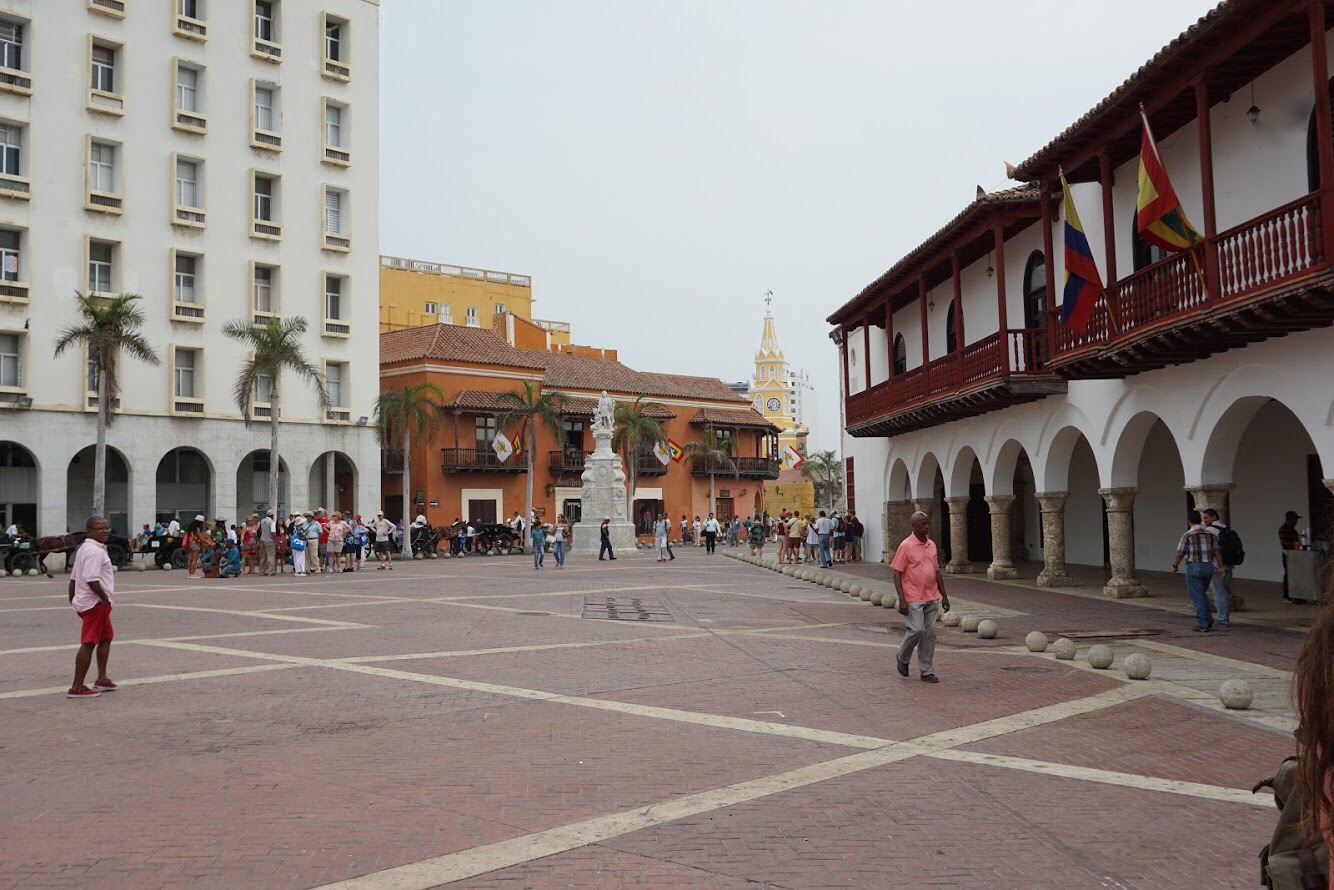
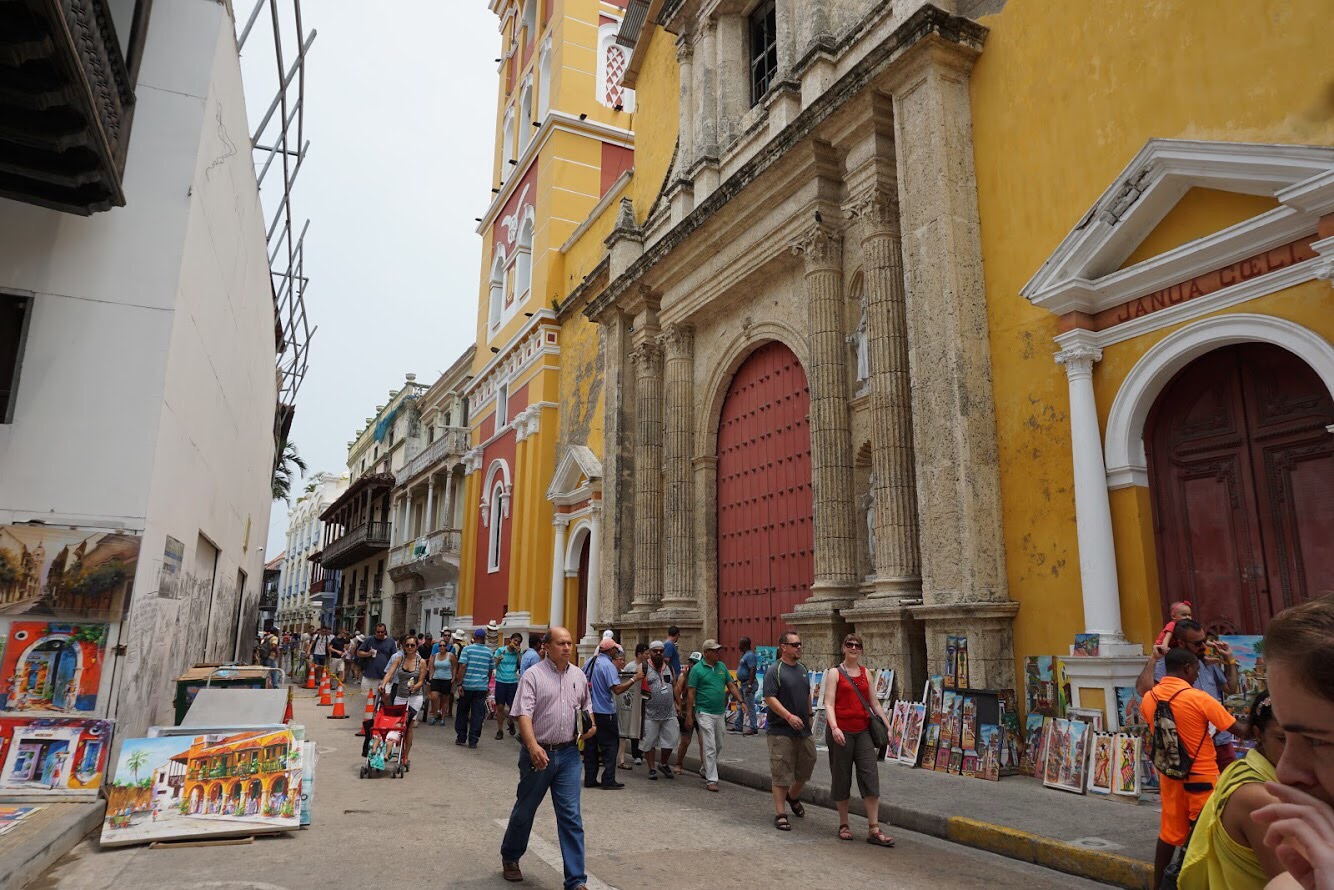
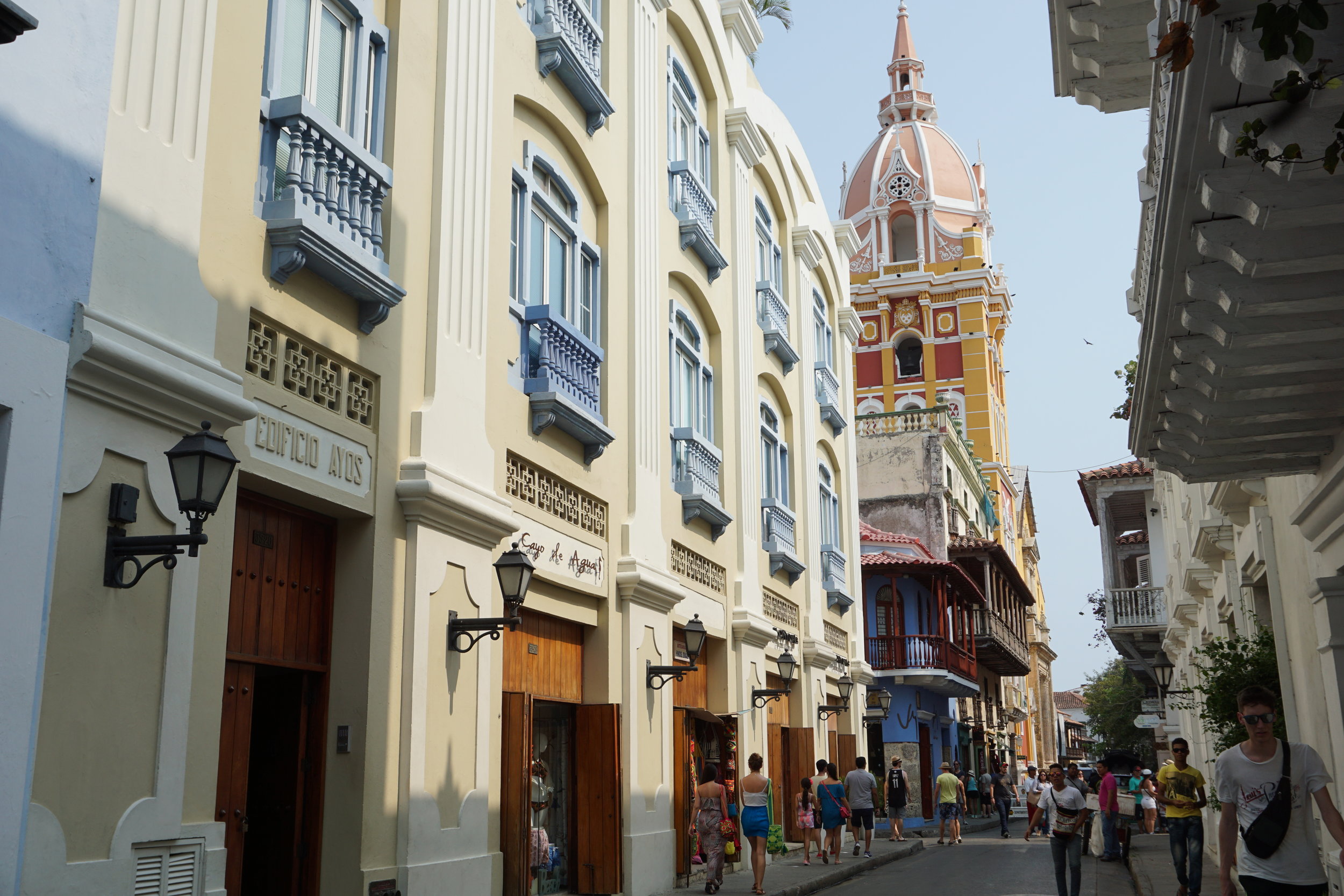
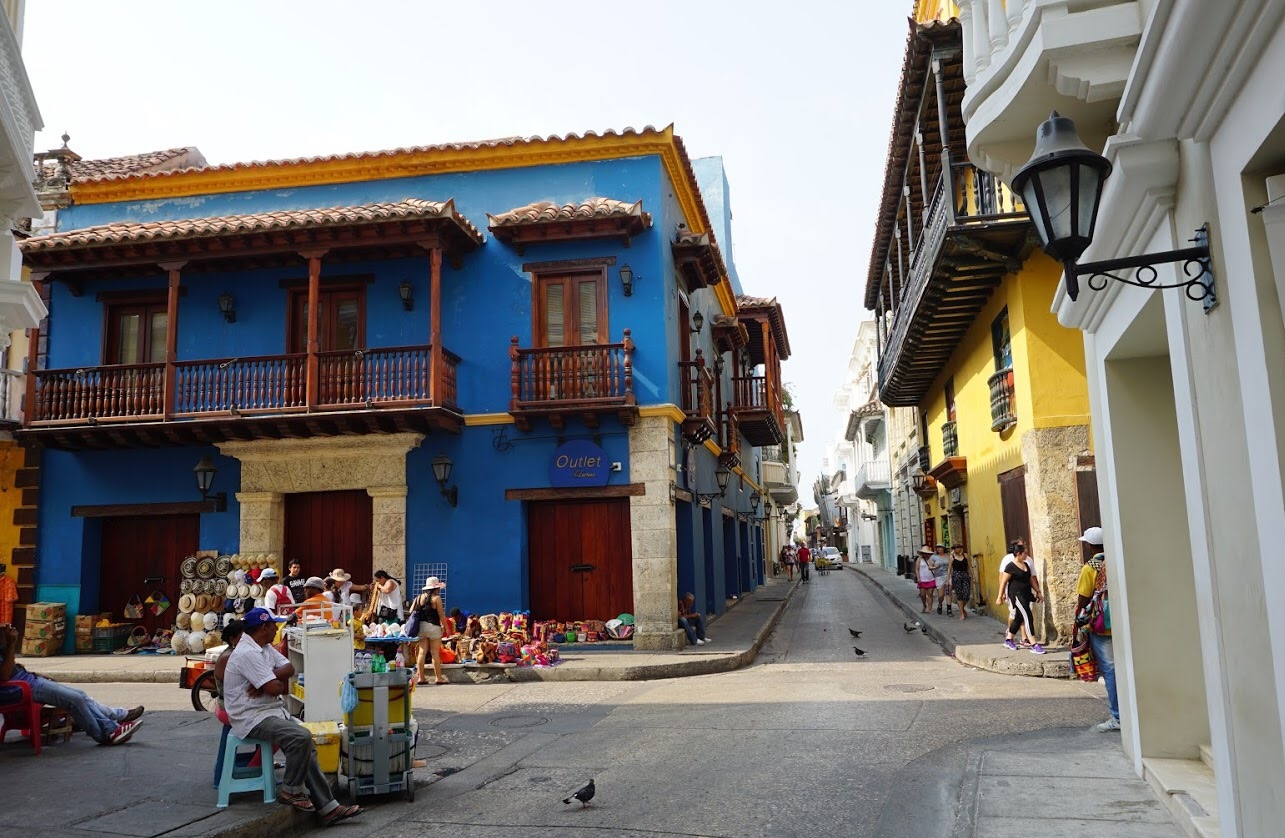

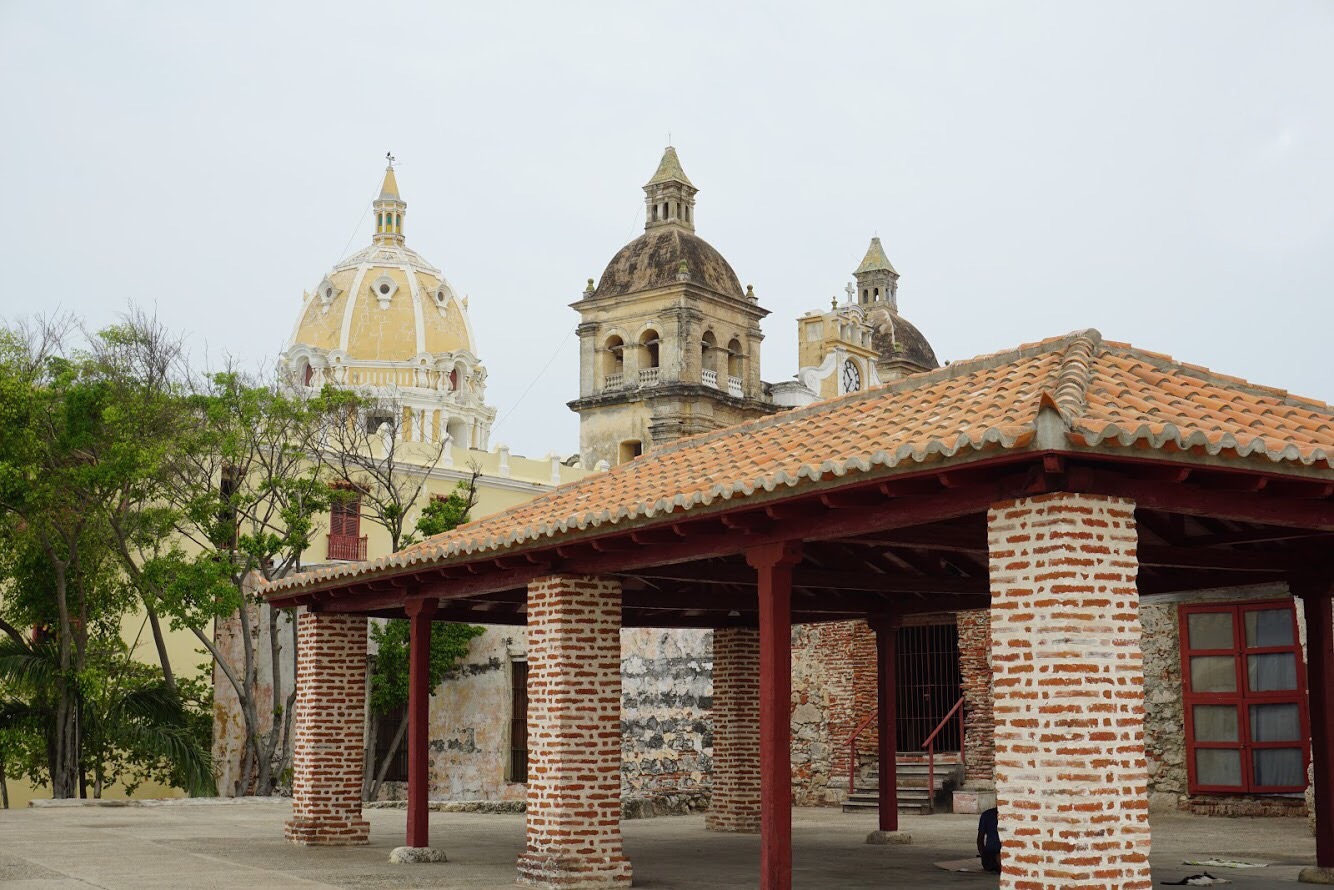
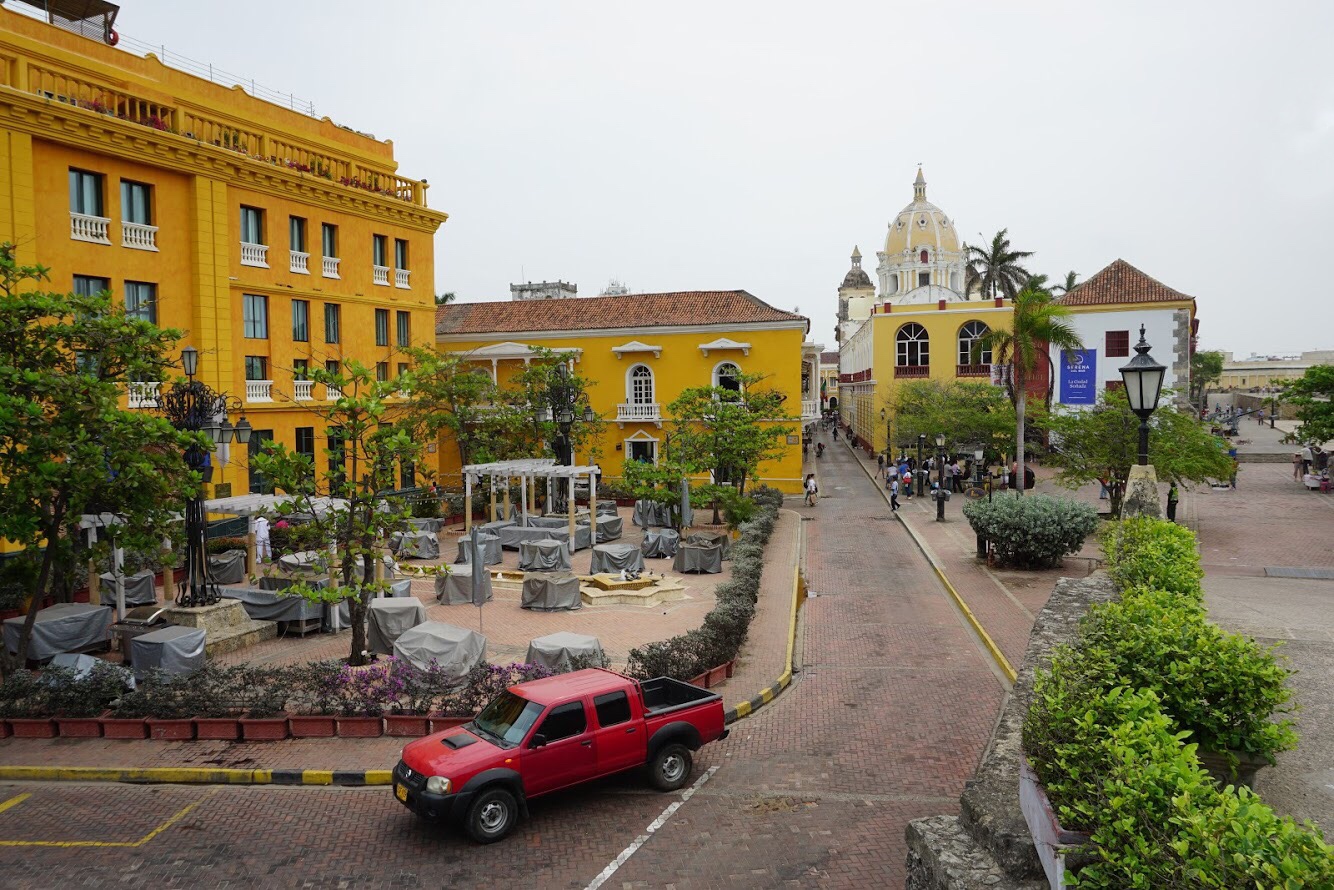
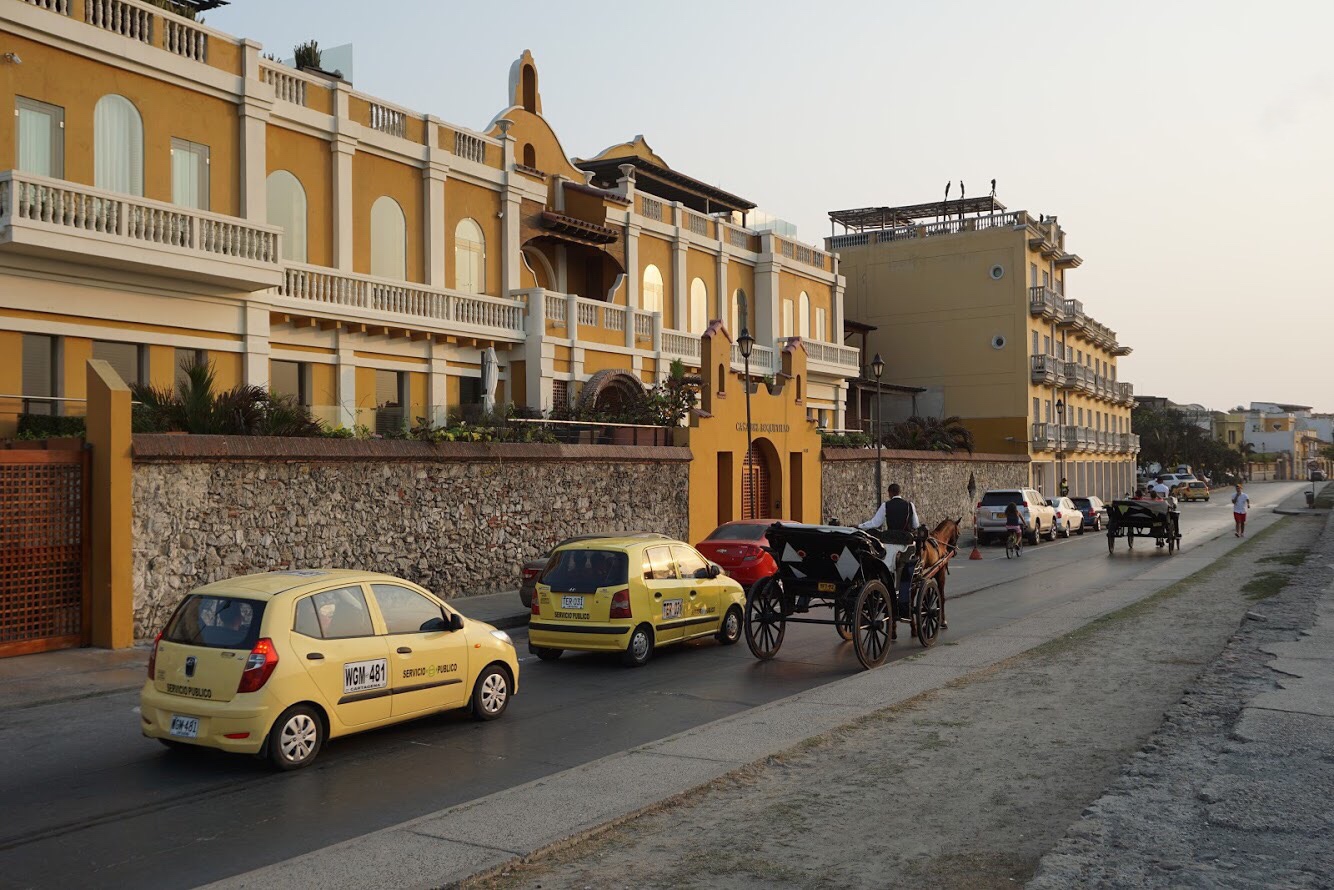
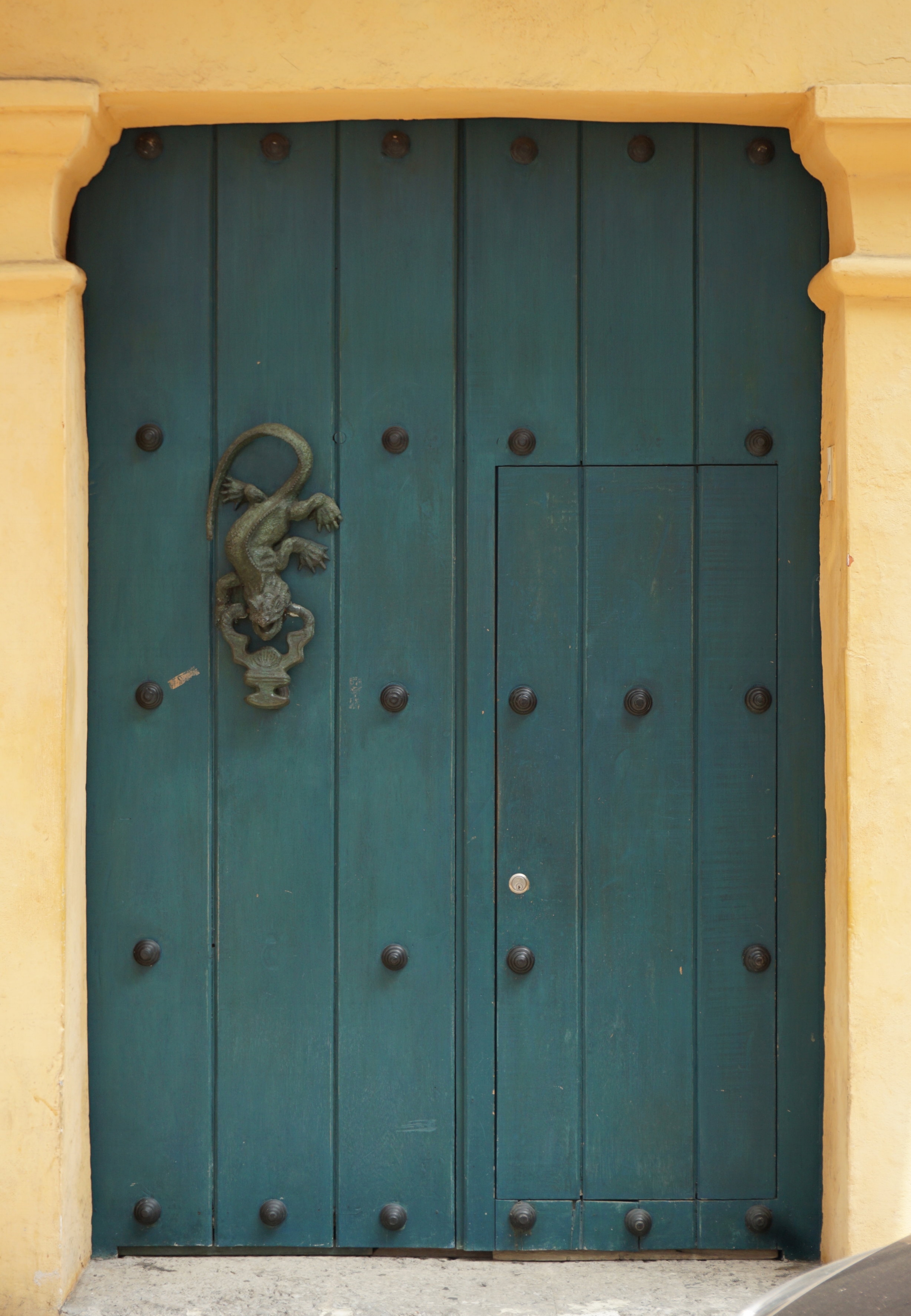
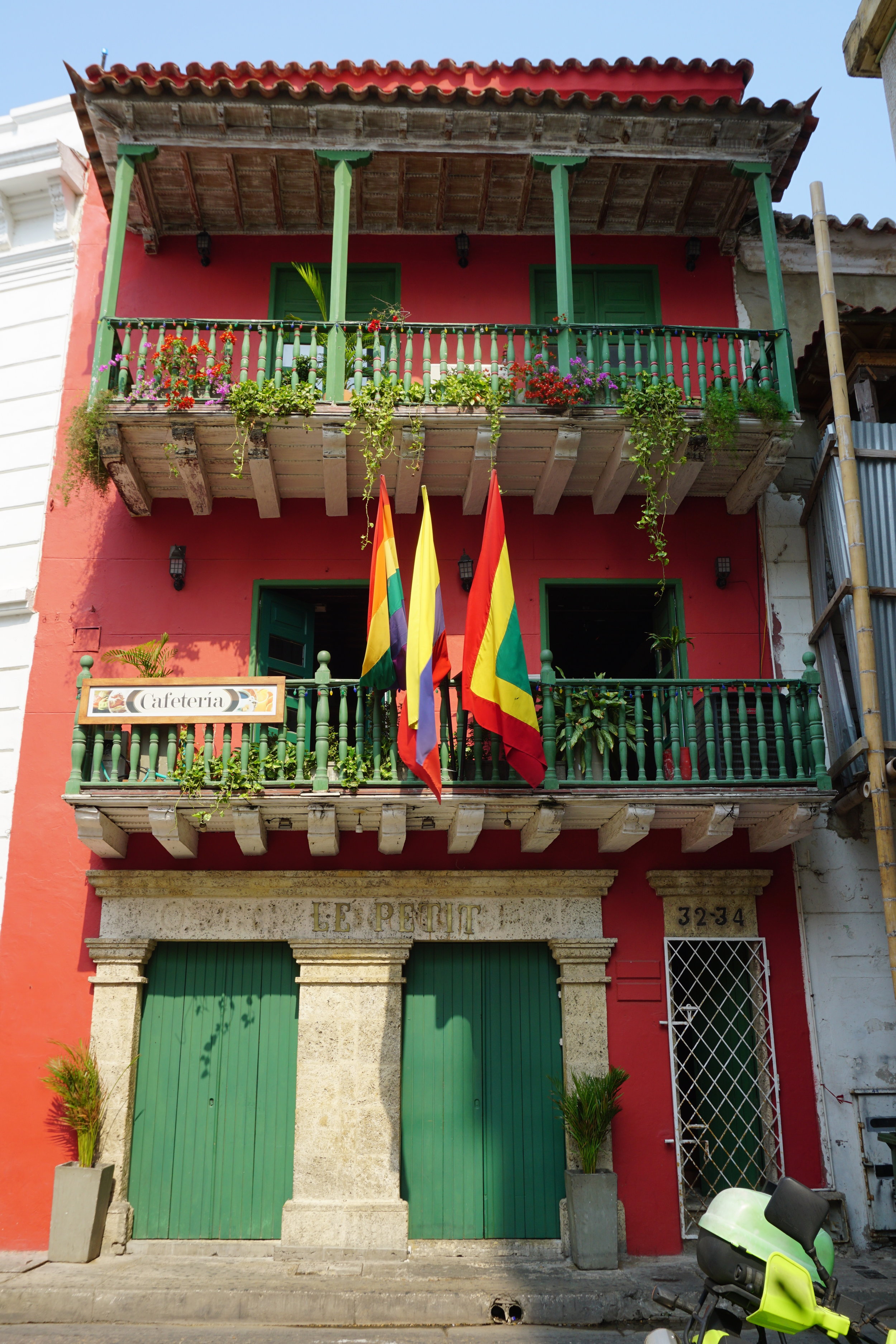
My unstructured days were full of eating, drinking, and wandering around the Historic Center to explore and take photos. I took full advantage of the favorable exchange rate and treated myself to a manicure and pedicure at a hotel spa. Then I enjoyed a four course meal at the upscale restaurant, Carmen.
I also stopped by the home of Gabriel García Márquez. Visitors can only view it from the outside, but judging by the tree that peeks out from the open-ceiling courtyard, I’m sure it’s just as amazing inside.

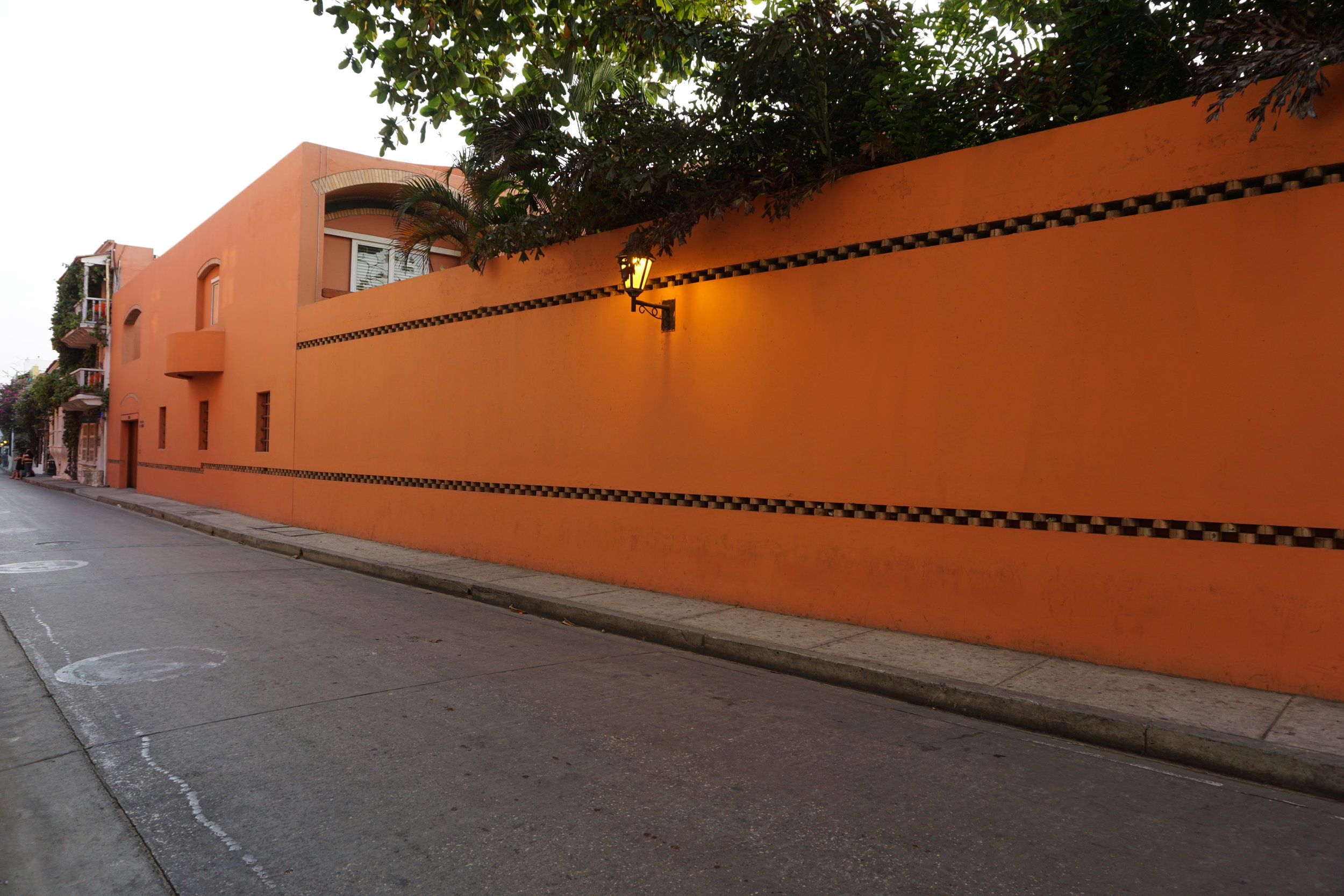
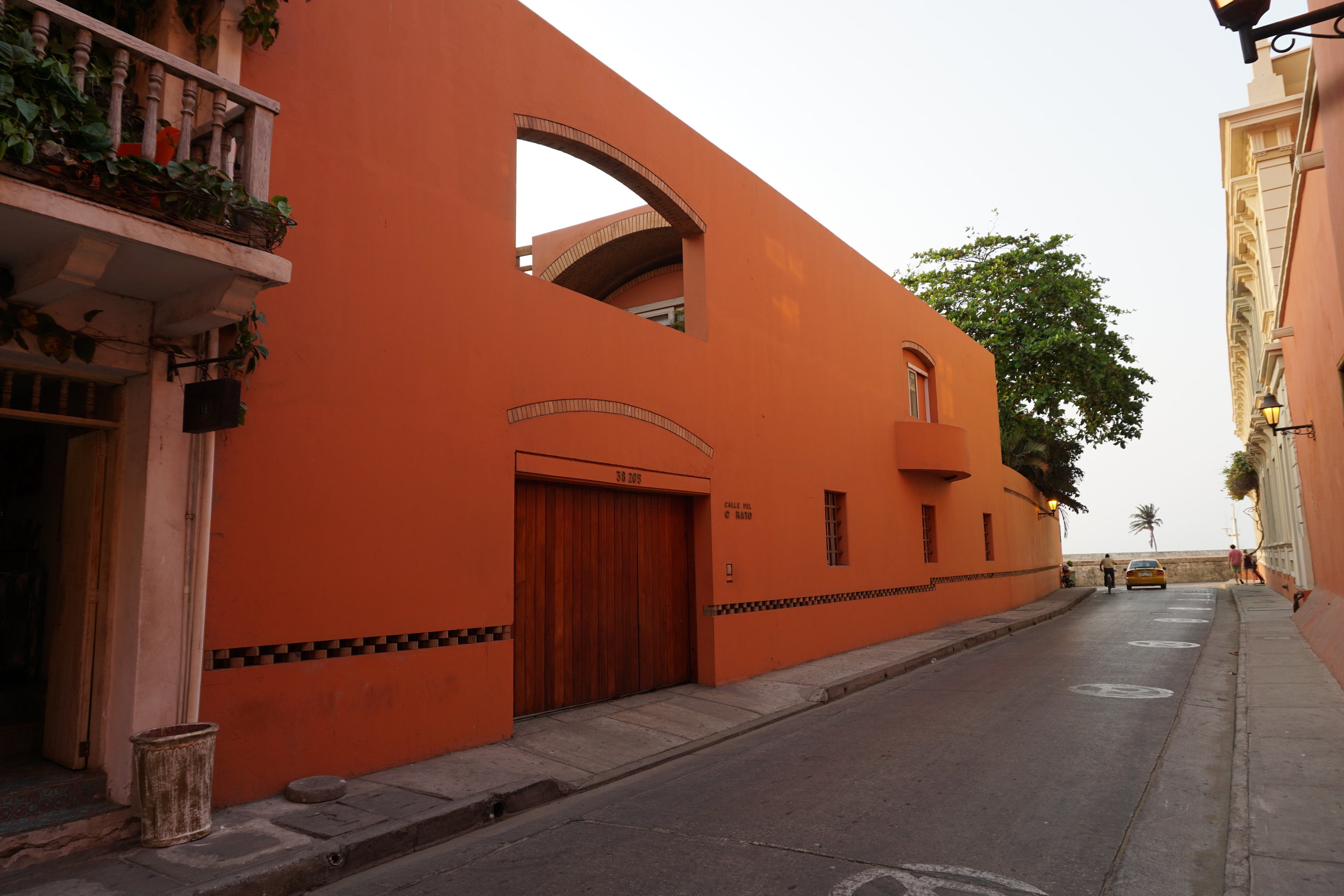
Buy fruit from Palenqueras
Cartagena is also well-known for palenqueras, the Black women selling fruit in colorful, traditional dresses. Palenqueras and palenqueros are the names for people from a small village south of Cartagena called San Basilio de Palenque. The village was ruled by Africans who’d escaped slavery. The village gained independence from Spanish colonial powers in 1691, making it the first free town of the Americas.
As a poor town cut off from the rest of society, the women had to make an income. They began to pick fruit in the village and make the trip to the city every day to sell it. Today, San Basilio de Palenque is still a poor town. The same line of descendants of runaway slaves make the trip to the city to sell fruit. Now that palenqueras are a national symbol of Colombia, much of their money comes from posing for tourists’ pictures for a small fee.

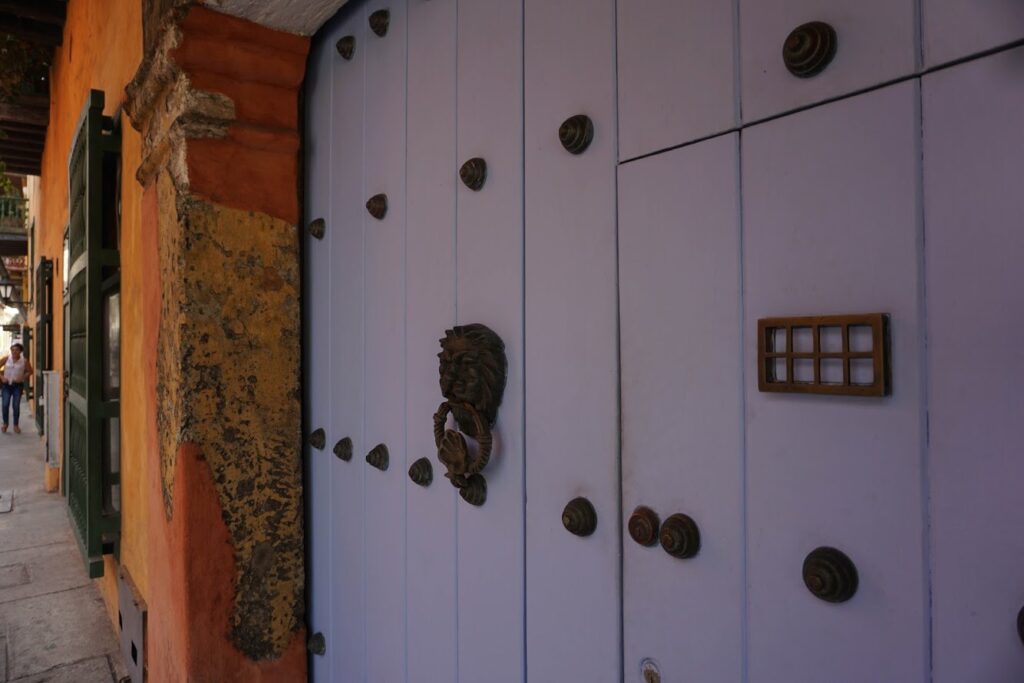
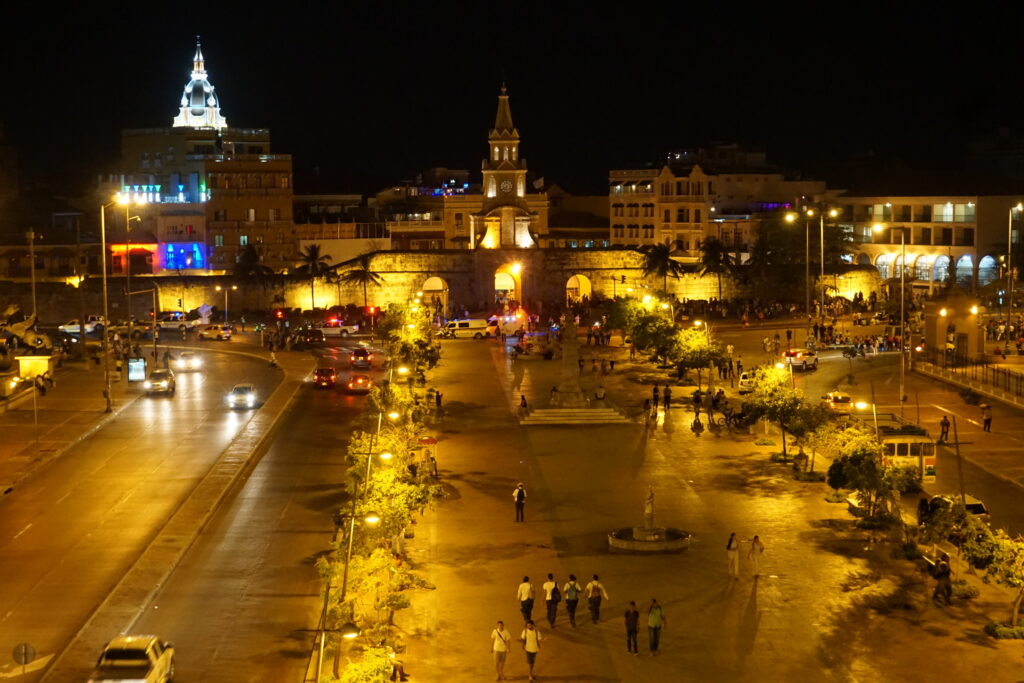

Go salsa dancing
If you like to dance, you have to go salsa dancing in Cartagena. I went to Cafe Havana where a live salsa band was playing. On another night, I went to Quiebracanto, a bar right next to my hotel. Cafe Havana was packed so there wasn’t much space to do a lot of dancing. But once some of the crowd filtered out, the people who came to dance got more floor space and the fun picked up.
If you’re traveling alone like I was, you can’t be afraid to ask strangers to dance. I tend to watch first to see who is a decent dancer, then ask them when I get a chance. In my experience, the men who, like me, were just there to dance were always gentlemen.
Visit an island in the Caribbean Sea
While in Cartagena, I realized I hadn’t planned any trip on the water. I quickly got out my phone and booked a day trip to the Islas del Rosario. These are tiny islands off the coast of Cartagena. Multiple tour companies offer motorboat rides there for the day.
I waded in the turquoise waters, dipped into the pool, and ate a Caribbean lunch of fish steak, rice, yuca fries, and cocadas, which are a baked coconut snack. The cost of lunch was included in the package.

Probably the most popular island is San Andrés in the Caribbean Sea. San Andrés is an UNESCO Biosphere Reserve, so it’s known for its biodiversity. It’s actually closer to the coast of Nicaragua, but is part of Colombia. I didn’t have time to get there during my multi-city Colombia trip, but it’s on my list for next time.
Have you been to Cartagena, Colombia? What did you like most about it? Share it in the comments below and make sure to follow me on Instagram for more travel content.
If you liked this post, check these out:
Bogotá, Colombia: How to Explore the City in 7 Days
5 Reasons to Travel Alone
6 Things to Do in Beautiful Jávea, Spain
Pin It for Later:
